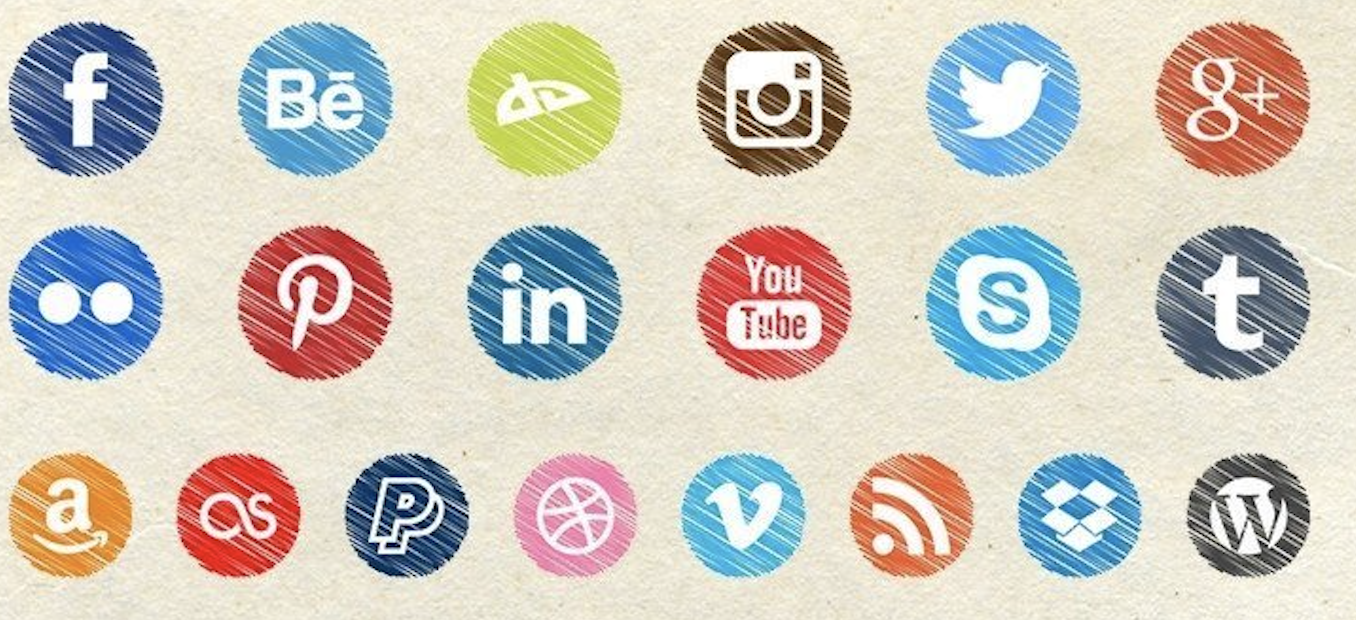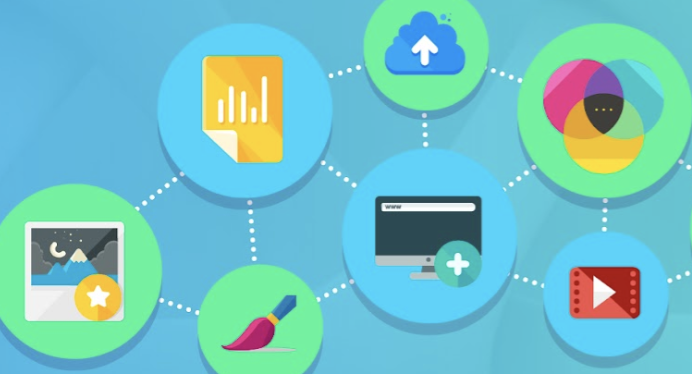ENG 225: Digital Communities & Visual Genres - Rhetoric of Icons
An Advanced Composition Course
Welcome to the Course!!

# ENG 225
Who am I? - Class/Colleague Intros
Eric Cody Smothers, Graduate assistant, PhD Candidate, Composition/Rhetoric, Harrodsburg, KY
-
My Special Research Interests include visual rhetorics, iconography, and digital circulation online related to icons, symbols, I’m interested in visuals and how they are used in marketing and advertising. I have skills with web building, infographics, and researching.
-
I enjoy rock collecting, fishing, going to national parks, and reading fiction, poetry, and non-fiction.

Question for YOU: When I say "icons" what do the following images make you think of? What do they do? How do they function?
# ENG 225







# ENG 225
Thinking about Icons from Venngage, YouTube
There are many ways we use icons in computer-based settings, design, research and everyday use...

Areas we will cover...
Unit 1: Discourse Communities
- Understanding the skills, rhetoric, and situations that form groups of people and how they are researched and visually represented.
Unit 2: Genres Analysis: Infographics, Websites, Blogs, Social media - What is a writing genre? How can we analyze effective visual research strategies and content for studying visual content?
Unit 3: Expanding Research Investigations and Presentation
- Looking at a specific topic or area from past units, expanding the research angle and audience, building on and designing research for presentation.
Presenting an Effective Visual Research Argument
- By using primary research (e.g. posts, data visuals, images), and scholarship, you will think of the effective written and visual ways of communicating information.
Skills we will gather...
Building our understanding of Communities - what are discourse communities? How do they function? What are their goals?
Primary research skills - conducting observations, interviews, gathering and cataloguing posts, and artifacts.
Visual Design - creating and using infographic and data visual platform sites to enhance research process and reach more audiences.
Promoting research strategies for better awareness of visual content, such as icons, when something becomes "iconic" and how to utilize a better understanding of social media presence.
Effective presentations that concentrate on marketing/advertising infographics, and data visuals to better promote a product/service or reach new audiences.
Major Projects for the Course
# ENG 225
Project 1: Discourse Communities
Part One: Discourse Community Observation Essay
Part Two: Infographic and Reflective Journal
Unit 2: Visual/Digital Genres
Part One: Genre Analysis Essay of a particular genre "artifact"
Part Two: Genre Infographic and Reflective Journal
Unit 3: Expanding/Presenting your Research
- Research Presentation and Report which BUILDS from either Project One (unit 1) or Project Two (unit 2)
-Visual Research Discussions and Importance
- Peer Response and Writing Workshops
The Personal Connections to Brands, Icons, and Public Reception...
# PRESENTING CODE
# ENG 225
Class Activity - Building a Network of Visual Research Colleagues
- Navigating our Canvas Course/Class Google
- In our Canvas, click on (Class Intro Slide Activity) - This will take you to our Google Slide Activity for today in our Class Google Folder so we can get to know our backgrounds, professional skills, visual/digital research skills, activities, and interests. We will share these with the class later on.



What is Rhetoric for Visual Communication?
- How can ethos, pathos, logos, kairos be applied to visual content? What does this tell us about a company, brand, icon, or the content creators?
- How can we use rhetorical analysis (e.g. context of message, audience, design) to understand communities and their content, activities, and agendas?
From Alexander and Losh...
# PRESENTING CODE

Class Activity - Visual Rhetorical Analysis
(Available in our GOOGLE FOLDER)
- Placed in groups, you will tackle certain topics and activities related to rhetoric, rhetorical situations, visuals, and content from our readings. Work together to contribute to group learning in your document.
- Using visual rhetorical appeals, canons, and information from our readings, there are a variety of areas to consider: rhetoric for situations, company/organization goals, debates/arguments, personal groups, majors and disciplines.
- Each group member contribute their thoughts and what they would contribute to the discussion. This will be a preview for thinking about our projects later in this course specifically launching Project One on Discourse Communities, but also thinking about Genres we write and communicate with.
# PRESENTING CODE
ENG 225 Week 1 Slides
By codys
ENG 225 Week 1 Slides
- 382






